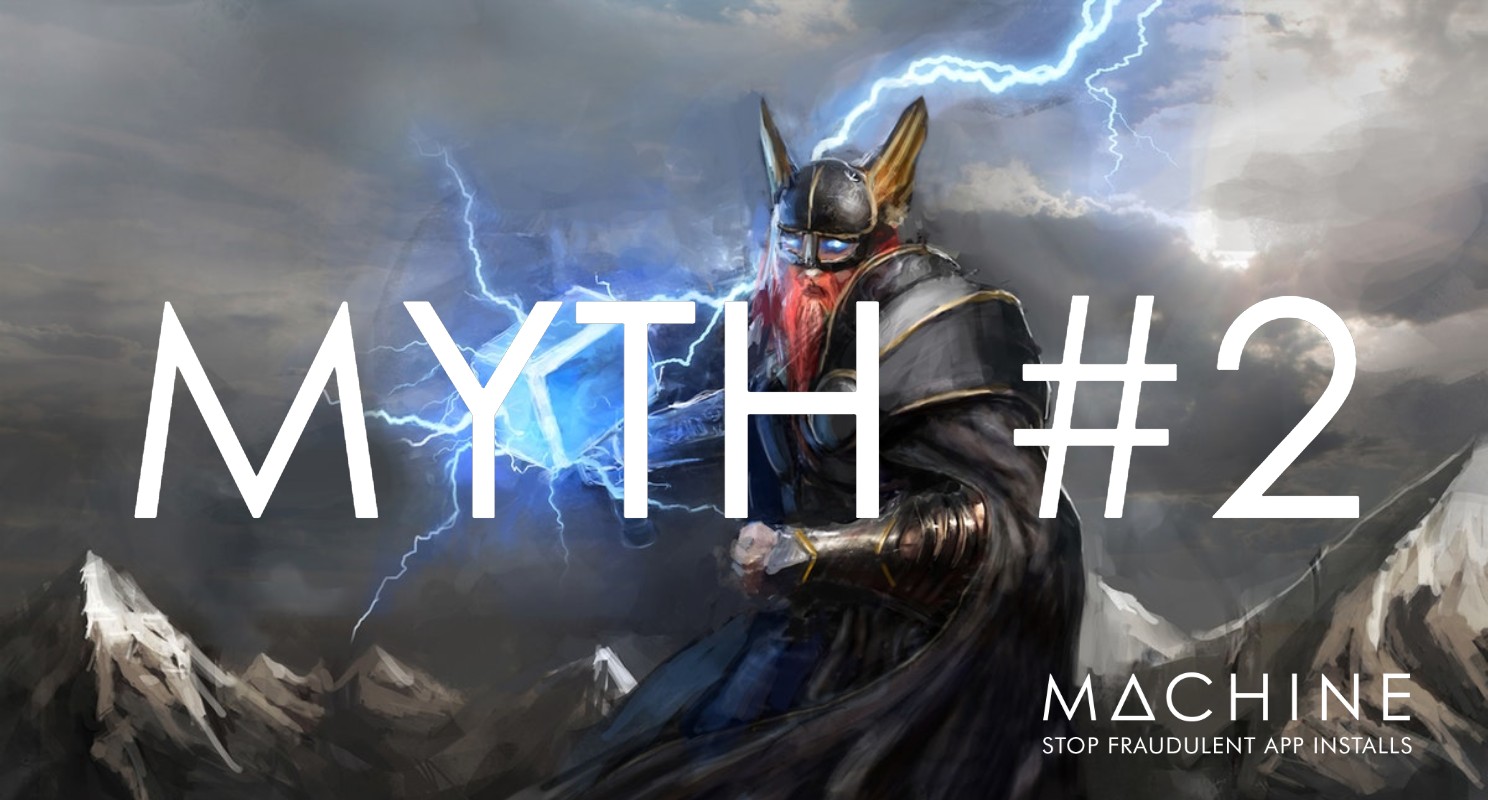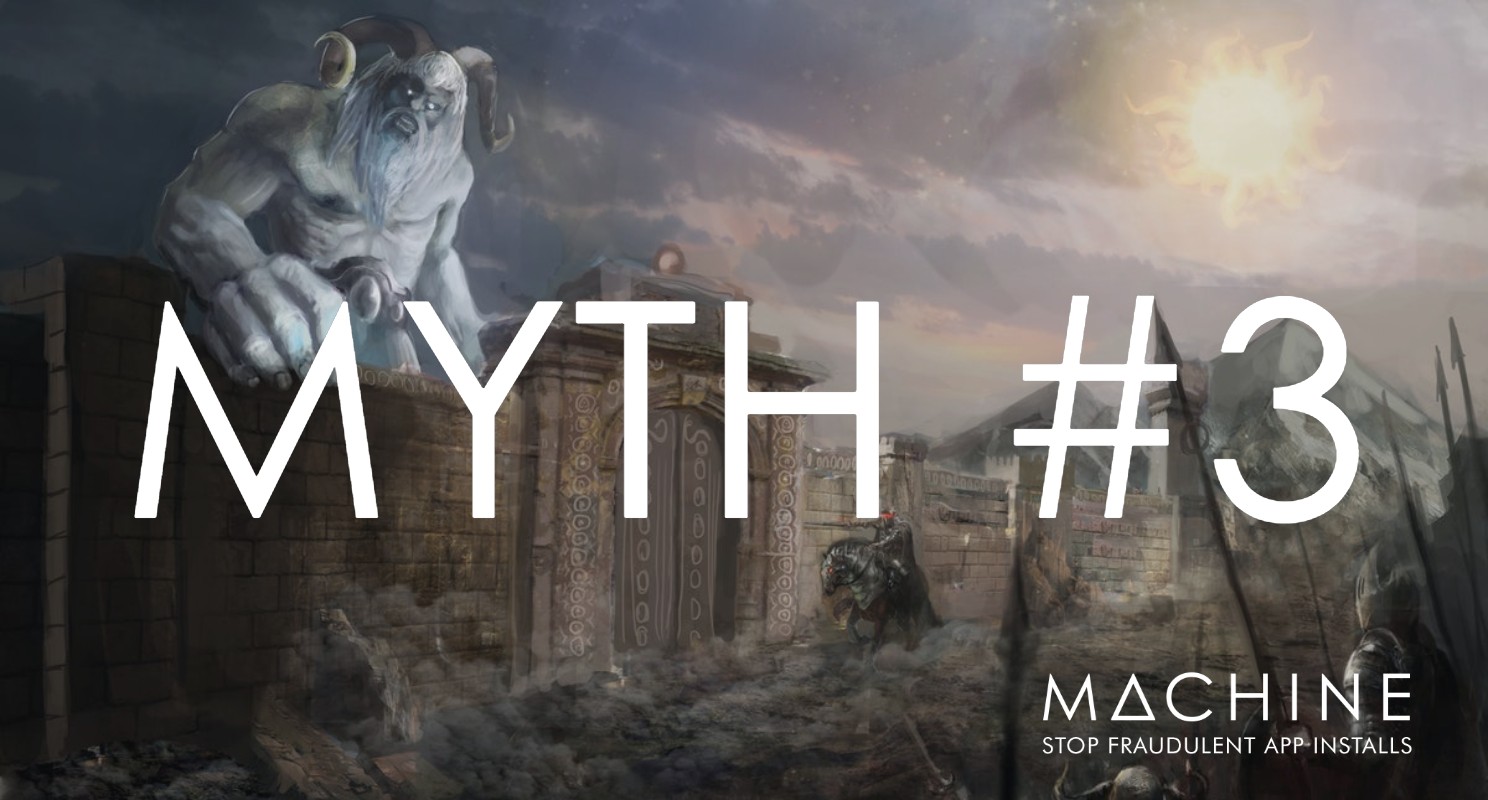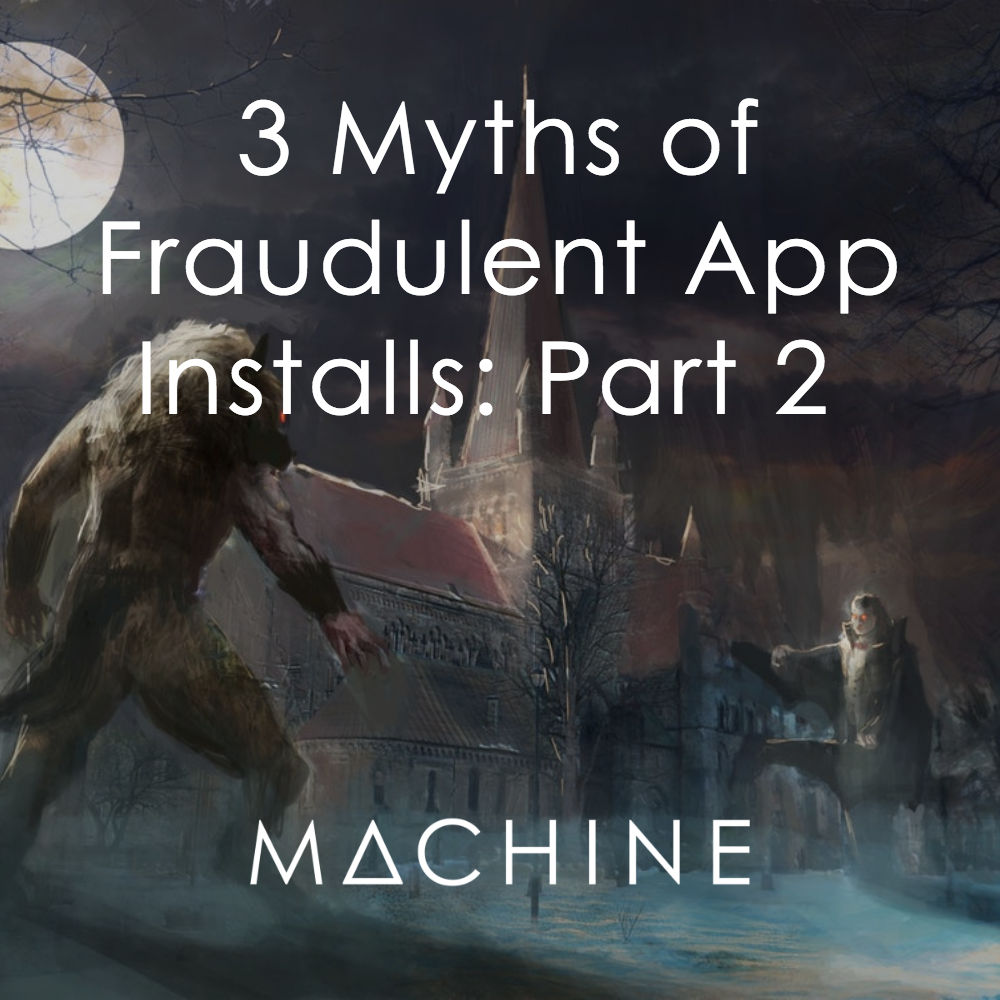In Part 2 of Machine’s series on the myths of app install fraud, I delve into the different points in the supply chain – the regions, the networks and finally the publishers themselves.
.jpg)
Myth #1: I only run my campaigns in the UK, so app install fraud doesn’t affect me
Many of our clients believe that high levels of fraud primarily affect campaigns running in Asia, Russia and the Middle East. In one way this is true – the fraud does often originate from these regions. However, VPNs (Virtual Private Networks), as well as allowing us to all watch Netflix on holiday, also enable fraudsters to mask their real location and deliver fraudulent installs anywhere across the globe. We see similar levels of fraud in Europe as we do in Asia - regional targeting offers no protection.

Myth #2: I only work with Premium/SDK ad networks
We hear this regularly, and carefully vetting your preferred suppliers is absolutely the right approach. Your network partners assure you that they are only providing direct traffic sources, but the reality is that this will likely make up just a small proportion of what you are supplied with. Ultimately, it all comes down to the individual networks’ degree of control – or lack of it – and one of three things will be happening behind closed doors:
-
All traffic is indeed direct and therefore control is reasonable. However, the network will almost certainly be infiltrated by some fraudulent publishers (attribution theft). It is, unfortunately, unavoidable.
-
Some of the traffic is direct, some of it is re-brokered – and control is relatively low. In this instance the network will be infiltrated by fraudulent publishers, install farms and botnets.
-
The network has no direct traffic and all delivery is outsourced to third parties. Who outsource to other third parties. Who outsource to other third parties. Who... you get the idea. These re-brokering chains can be frighteningly long. Control is non-existent and you will be attacked by every single fraudster who can get their hands on your marketing budget.
In my experience, scenario two and three are the most common and how can you, as a marketer, achieve any certainty otherwise?
In the first four months of 2018, Machine analysed app installs from 88 networks, and only one of them was able to deliver under 10% fraud. For 11 of the networks, 90% of their installs were fraudulent.

Myth #3: Demanding publisher transparency will keep my campaigns safe
I can definitely see the logic behind this belief; having an actual publisher name rather than a string of random numbers provides some assurance. It’s tangible.
But as a publisher, I’m solely responsible for providing a network or exchange with that name, and there is no form of verification. It definitely requires a bit more effort for a fraudster to spoof lots of publisher names, but the actual process is ultimately no different to providing a string.
Recently, News UK estimated that marketers are wasting $950,000 per month on domain-spoofed inventory – fraudulent publishers presenting themselves as valued, known content.
Publisher transparency doesn’t solve the fraudulent install issue, or provide any true control over environment.
All of this might sound like doom and gloom – and app install fraud is an enormous challenge that faces all app marketers – but you can take action to lower the risk. Making money through fraudulent installs is attractive to offenders because it’s easy and delivers high rewards. To reduce fraud, we have to reduce the opportunity – and make life difficult for the fraudsters.



